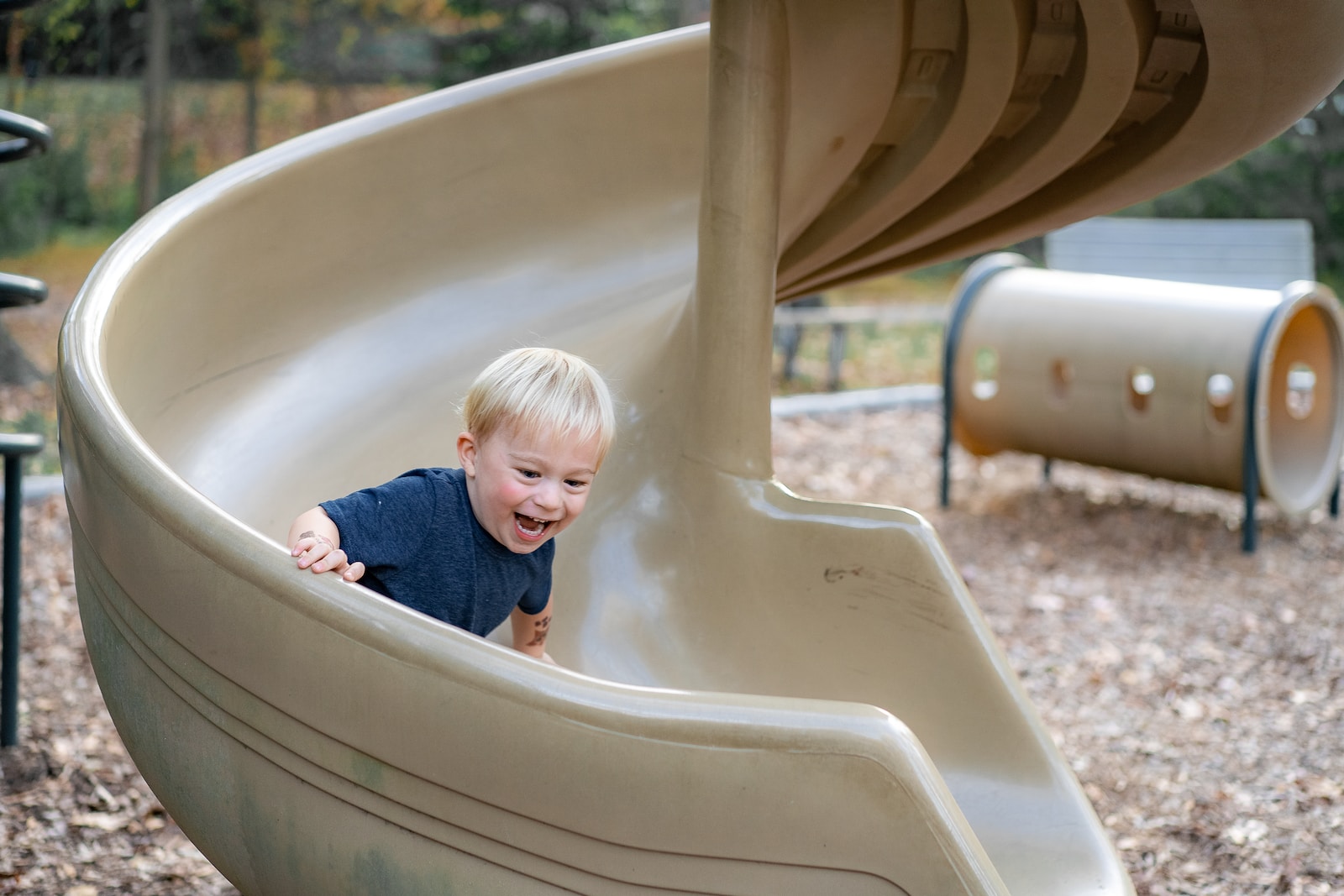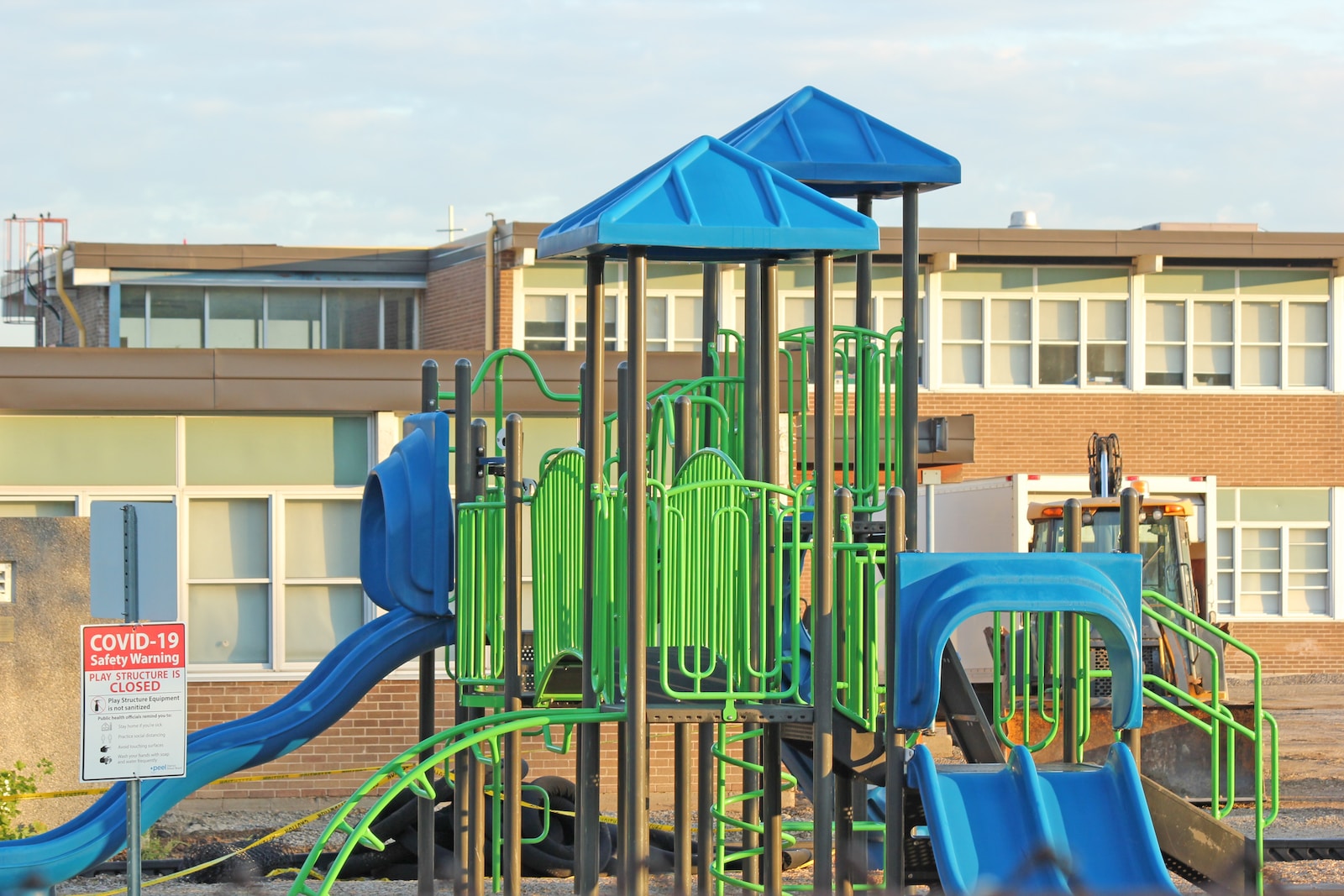Abstract
Parks provide opportunities for people of all ages to engage in physical activity, connect socially with family and friends, and have contact with nature. Despite these benefits, park visitation among adolescents is particularly low; however, little is known about what attributes would attract adolescents to visit parks. This study examined the relative importance of park features that might influence their decision to visit a park. Adolescents were recruited in 2014–5 from four secondary schools located in Melbourne, Australia. Participants completed an adaptive choice based conjoint (ACBC) task during one school class-lesson. This methodology makes it possible to identify the relative importance of individual park features. Ten park attributes were included in the survey and part-worth utility and importance scores were estimated for each attribute with Hierarchical Bayes analyses using Sawtooth Software. Participants (n = 92) had a mean age of 14.7 years (SD = 1.0) and 57% were female. Importance scores showed that playground slides (particularly long steep slides) were the most important attribute for park visitation (16.1%; 95% CI = 15.0, 17.2), followed by an absence of rubbish/graffiti (13.0%; 95% CI = 11.2, 14.8), and the presence of swings (12.4%; 95% CI = 11.4, 13.3), walking/cycling paths (12.1%; 95% CI = 11.0, 13.2) and BMX tracks/skate bowls (10.6%; 95% CI = 9.3, 11.9). These findings can assist those involved in designing parks to identify attributes that should be prioritised to ensure visitation by adolescents is maximised. The novel methodology utilised may be transferable to other studies of the built environment among other population groups.
Journal: Landscape and Urban Planning
Year: 2017



